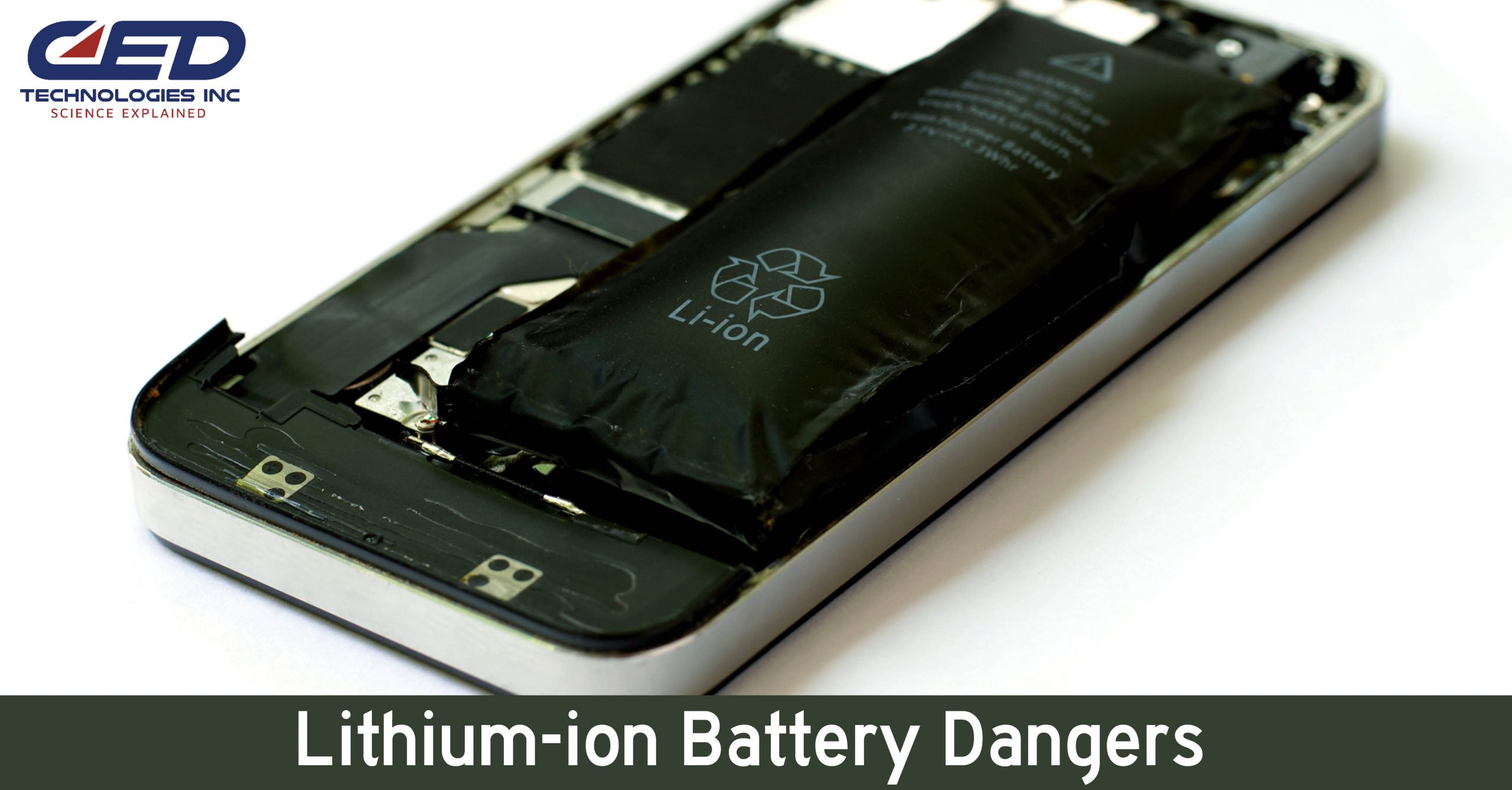
The Advantages & Limitations of Lithium Polymer Batteries
On the Scene E-Newsletter, Edition 115, May 18, 2010

A quick internet search for “lithium polymer battery” will often result in links touting them as “the world’s most dangerous battery” (http://www.metacafe.com/watch/788668/worlds_most_dangerous_battery/). But what exactly are lithium polymer batteries? How are they used and what makes them so dangerous?
Lithium polymer (LiPo) batteries are rechargeable batteries that have been used in radio-controlled cars and aircrafts for several years. The popularity of LiPo batteries is growing, and they are now the preferred power source for most consumer products today, including PDAs, laptop computers, cell phones, MP3 players and GPS units. LiPo batteries may also power the next generation of electric vehicles.
The main advantages of LiPo battery cells are that they have about four times the energy of density of nickel cadmium or nickel metal hydride batteries. LiPo batteries are very lightweight and pliable, and can be made to almost any size or shape. They can be banged around, punctured, dropped or run over with a car and still not explode, making them more resistant to physical trauma than most batteries.
However, there are various safety issues and disadvantages regarding LiPo batteries. It has been found that overcharging and overheating of the batteries can result in fire. Charging and storage instructions are very specific to these batteries, and should always be followed closely. Poorly made and damaged LiPo battery cells can develop internal shorts or contamination giving rise to serious problems. If a LiPo battery is bulging or misshapen, it should never be charged or used again.






